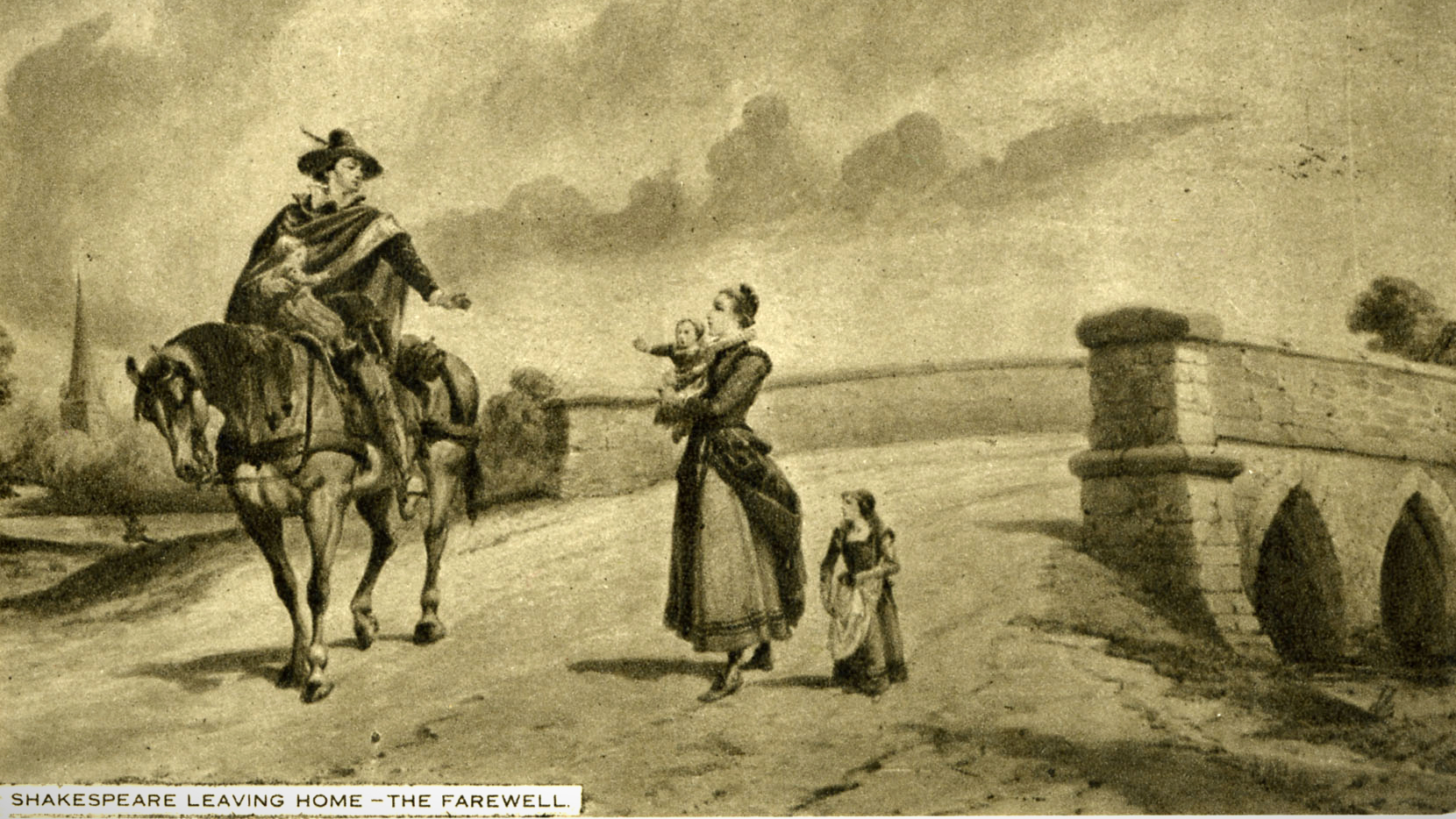The American middle class is shrinking. Find out if you make the cut.


The middle class in the U.S. is shrinking, and not just in Rust Belt communities and Appalachian towns, according to a new Pew Research Center analysis of U.S. government data. The shrinking middle class is "a pervasive local phenomenon," Pew said, with the percentage of adults in middle-income households falling between 2000 and 2014 in 203 of the 229 metropolitan areas the organization studied. In 172 of those areas, the share of upper-income households grew, in 160, the share of lower-income households expanded, and in 108 of the 229 areas, the percentage of upper- and lower-income households rose while the middle-income tier shrank.
Nationally, 51 percent of households are middle class, 20 percent are upper class, and 29 percent are lower class, Pew found. Pew defined the upper class as a three-person household earning more than $125,000 a year, middle income as $42,000 to $125,000, and lower income as below $42,000. But your economic tier changes based on where you live and how many people live in your household. For example, you enter the middle class with an income of $34,600 in Jackson, Mississippi. You can find out what tier you fall in with Pew's calculator below.
For more details, read Pew's report, or the summary at The Washington Post. —Peter Weber
Subscribe to The Week
Escape your echo chamber. Get the facts behind the news, plus analysis from multiple perspectives.

Sign up for The Week's Free Newsletters
From our morning news briefing to a weekly Good News Newsletter, get the best of The Week delivered directly to your inbox.
From our morning news briefing to a weekly Good News Newsletter, get the best of The Week delivered directly to your inbox.
Sign up for Today's Best Articles in your inbox
A free daily email with the biggest news stories of the day – and the best features from TheWeek.com
Peter has worked as a news and culture writer and editor at The Week since the site's launch in 2008. He covers politics, world affairs, religion and cultural currents. His journalism career began as a copy editor at a financial newswire and has included editorial positions at The New York Times Magazine, Facts on File, and Oregon State University.
-
 Discrimination: Expanding the definition
Discrimination: Expanding the definitionFeature The Supreme Court ruled in favor of a straight woman who sued her gay boss for discrimination
-
 Crime: Why murder rates are plummeting
Crime: Why murder rates are plummetingFeature Despite public fears, murder rates have dropped nationwide for the third year in a row
-
 Education: America First vs. foreign students
Education: America First vs. foreign studentsFeature Trump's war on Harvard escalates as he blocks foreign students from enrolling at the university
-
 Shakespeare not an absent spouse, study proposes
Shakespeare not an absent spouse, study proposesspeed read A letter fragment suggests that the Shakespeares lived together all along, says scholar Matthew Steggle
-
 New Mexico to investigate death of Gene Hackman, wife
New Mexico to investigate death of Gene Hackman, wifespeed read The Oscar-winning actor and his wife Betsy Arakawa were found dead in their home with no signs of foul play
-
 Giant schnauzer wins top prize at Westminster show
Giant schnauzer wins top prize at Westminster showSpeed Read Monty won best in show at the 149th Westminster Kennel Club dog show
-
 Beyoncé, Kendrick Lamar take top Grammys
Beyoncé, Kendrick Lamar take top GrammysSpeed Read Beyoncé took home album of the year for 'Cowboy Carter' and Kendrick Lamar's diss track 'Not Like Us' won five awards
-
 The Louvre is giving 'Mona Lisa' her own room
The Louvre is giving 'Mona Lisa' her own roomSpeed Read The world's most-visited art museum is getting a major renovation
-
 Honda and Nissan in merger talks
Honda and Nissan in merger talksSpeed Read The companies are currently Japan's second and third-biggest automakers, respectively
-
 Taylor Swift wraps up record-shattering Eras tour
Taylor Swift wraps up record-shattering Eras tourSpeed Read The pop star finally ended her long-running tour in Vancouver, Canada
-
 Drake claims illegal boosting, defamation
Drake claims illegal boosting, defamationSpeed Read The rapper accused Universal Music of boosting Kendrick Lamar's diss track and said UMG allowed him to be falsely accused of pedophilia
